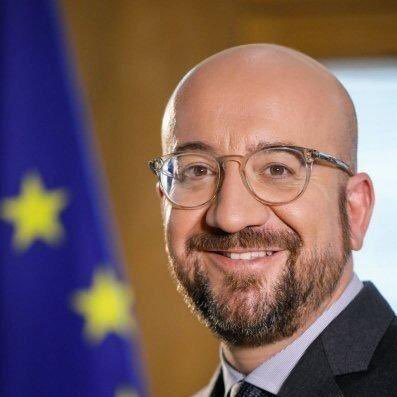
On 17 and 18 April, the European Council celebrated a special meeting to deal with Ukraine, the Middle East, Turkey and the so-called “New European Competitiveness Deal”.
With regards to Ukraine, it is rather business as usual. Perhaps we should note that the Union institution supports directing “extraordinary revenues stemming from Russia’s immobilised assets for the benefit of Ukraine”. However, we do not know how much those extraordinary revenues amount to.
As for the Middle East, the European Council condemns the Iranian attack on Israel and at the same time remains firmly committed to the two-state (Israel and Palestine) solution.
The New European Competitiveness Deal initially looks like a nice alternative to the infamous Green Deal. From a preliminary point of view, the Oxford dictionary of English defines deal as “an agreement, especially in business, on particular conditions for buying or doing something.”
The Green Deal was no agreement, but an imposition on behalf of Mrs. von der Leyen to the Member States and their intermediate bodies. Is the New European Competitiveness Deal a deal? Indeed it has been an agreement reached among the EU member states as an overall political direction.
When describing this competitiveness deal, the European Council aims to increase productivity and sustainable and inclusive growth, build a robust, innovative and resilient economy and advance Europe’s unique social and economic model that will boost the Union’s competitive transition towards digital sovereignty in a self-determined and open manner and towards climate neutrality. But that long and vague definition is not competitiveness: competitiveness, in business, means companies’ ability to achieve more sales or customer loyalty than its competitors due to the quality of its products and services, its low prices or a combination of both factors.
The Council’s description of the Competitiveness Deal does not abandon the the ideological load of the green deal. Without a change of direction, it will be impossible to stay competitive and increase energy independence.
At least, the European Council recognises that “Europe needs a policy shift”, yet is there a clear idea as to the way to go?
The basis for the Deal is Enrico Letta’s ‘Much More Than A Market’ High-Level Report’. But Mr. Letta has been Secretary of Italy’s leftwing Partito Democratico, now leading the opposition to Giorgia Meloni’s coalition, so one can imagine what kind of competitiveness he might have in mind.
The European Council recommends policy action to be put at the service of securing the Union’s attractiveness as a business location, but there is no clue as to how this should be achieved.
There is a particular silence regarding Europe’s demographic suicide – less than a single line is dedicated to this crucial aspect and in a very ambiguous form: “in the context of wider demographic trends”, it suggests, without any particular solution to the problem, either in the short or in the medium term. Nothing whatsoever.
ln terms of trade, the lettanesque Deal supports the “core role” of the World Trade Organisation in the multilateral rules-based system. This sounds like an euphemism for neo-liberal approaches favourable to third countries, as opposed to the preferential system for which the European Common Market was once created. The positively connoted word “open” is here used twice, in order to justify the catastrophe for European providers.
By the end of the Deal, there is a goal of strengthening the position of farmers in the food supply chain to ensure a fair income, possibly the single valuable item in the whole text. The European Council announces its next meeting in June 2024, when the European elections will already have taken place. It is hoped that at least then a true competitive model is designed, not one which only has such a feature in its title.



 Subscribe
Subscribe